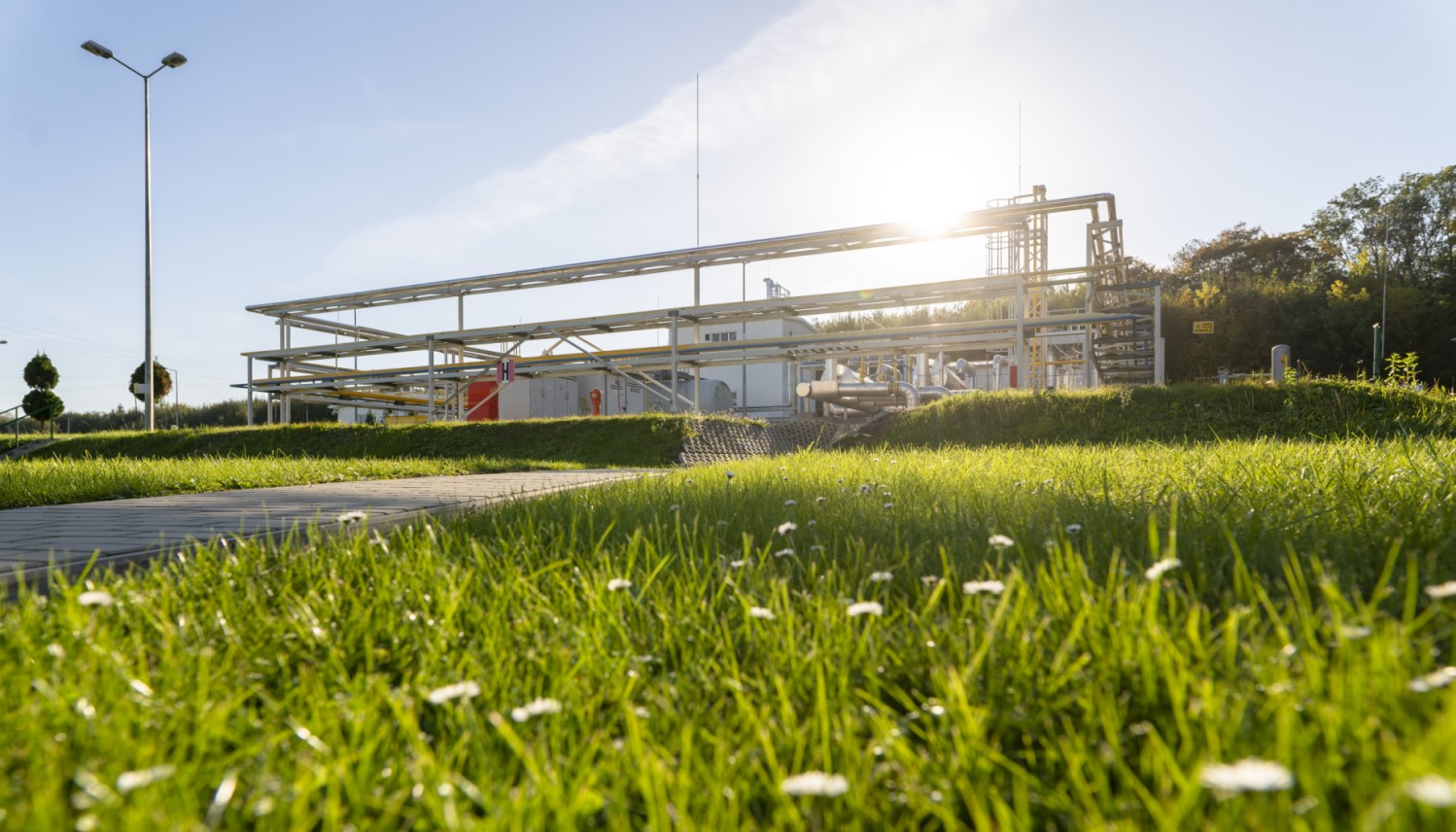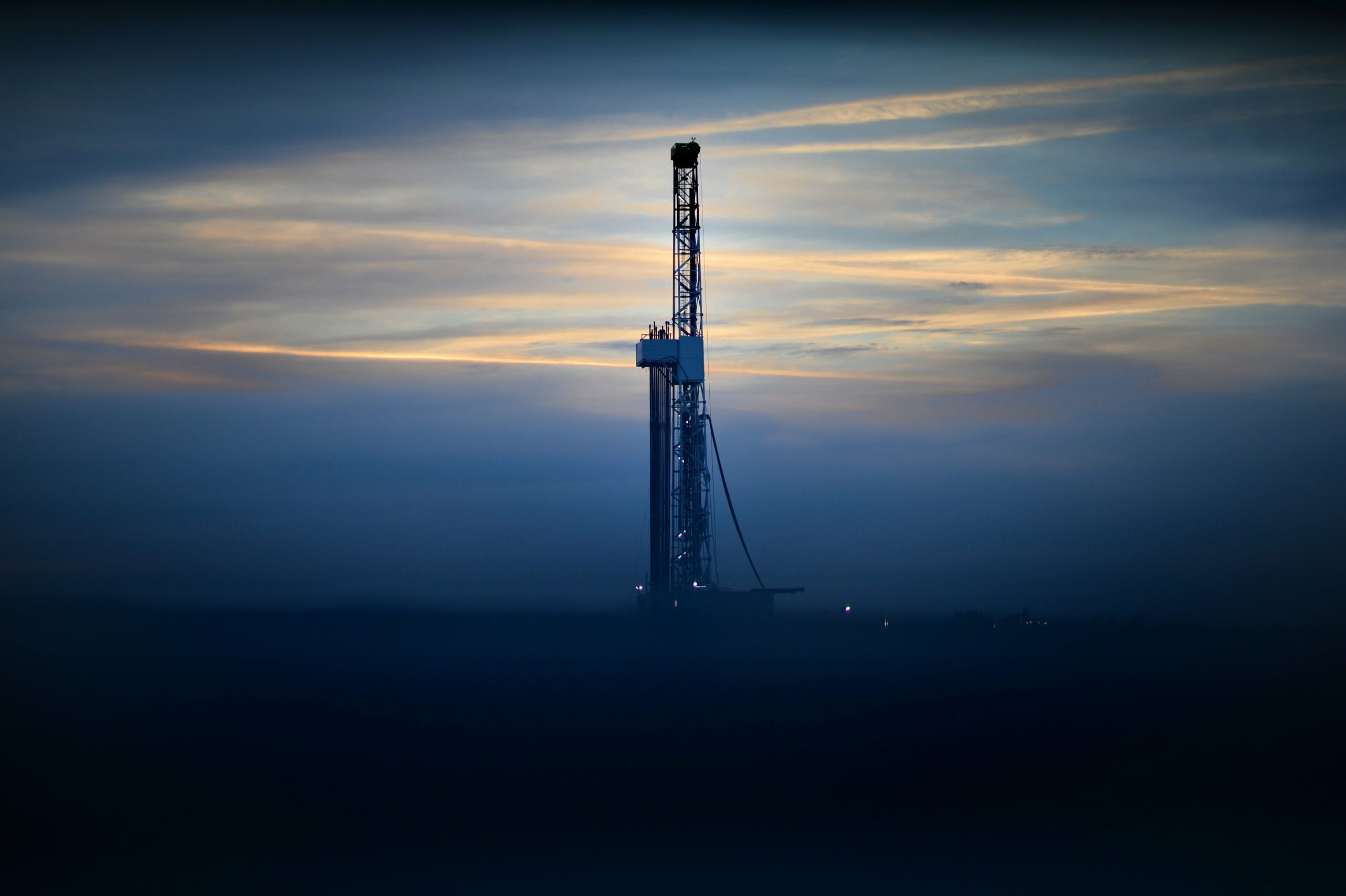
Climate and environmental impact of the PGNiG Group
The risks and opportunities related to climate change described above are the key benchmark for the PGNiG Group’s activities, influencing PGNiG’s business decisions and future development directions.
But in the light of PGNiG’s values, particularly its commitment to pursuing the Sustainable Development Goals adopted by the UN in 2015, particular attention is paid to PGNiG’s climate, environmental and social impacts.
Every year, PGNiG gathers and discloses its environmental impact data in non-financial reports, such as this Report and the annual integrated report. The reports are prepared based on non-financial reporting standards, such as the Global Reporting Initiative (GRI), the Sustainability reporting guidelines for the oil and gas industry, selected guidelines set out in the Communication from the Commission – Guidelines on non-financial reporting: Supplement on reporting climate-related information No. 2019/C 209/01, and recommendations issued by TCFD, including environmental reporting guidelines. This approach allows PGNiG to report its impacts on the ecosystem in line with the principle of materiality.
Based on the current non-financial information, the main area of PGNiG’s climate and environmental impact is greenhouse gas emissions. PGNiG monitors its footprint and seeks to mitigate its impact on biodiversity, water resources, waste management, etc.
However, it is measures seeking to reduce emissions of CO2, CH4 and other pollutants that are the focus of attention for PGNiG. PGNiG considers emissions management as strategic given that emissions are at the centre of the materiality matrix.
Two conspicuous trends have emerged in recent years as a result of that: a downtrend in total emissions of greenhouse gases and pollutants, and an uptrend in pollutant management. However, to fully engage in the EU’s pursuit of climate neutrality by 2050, as outlined in the European Green Deal, PGNiG plans to ramp up its climate impact mitigation efforts, primarily by reducing CO2 emissions. The plan envisages actions across all existing segments of the PGNiG Group’s operations as well as the development of new business lines.

